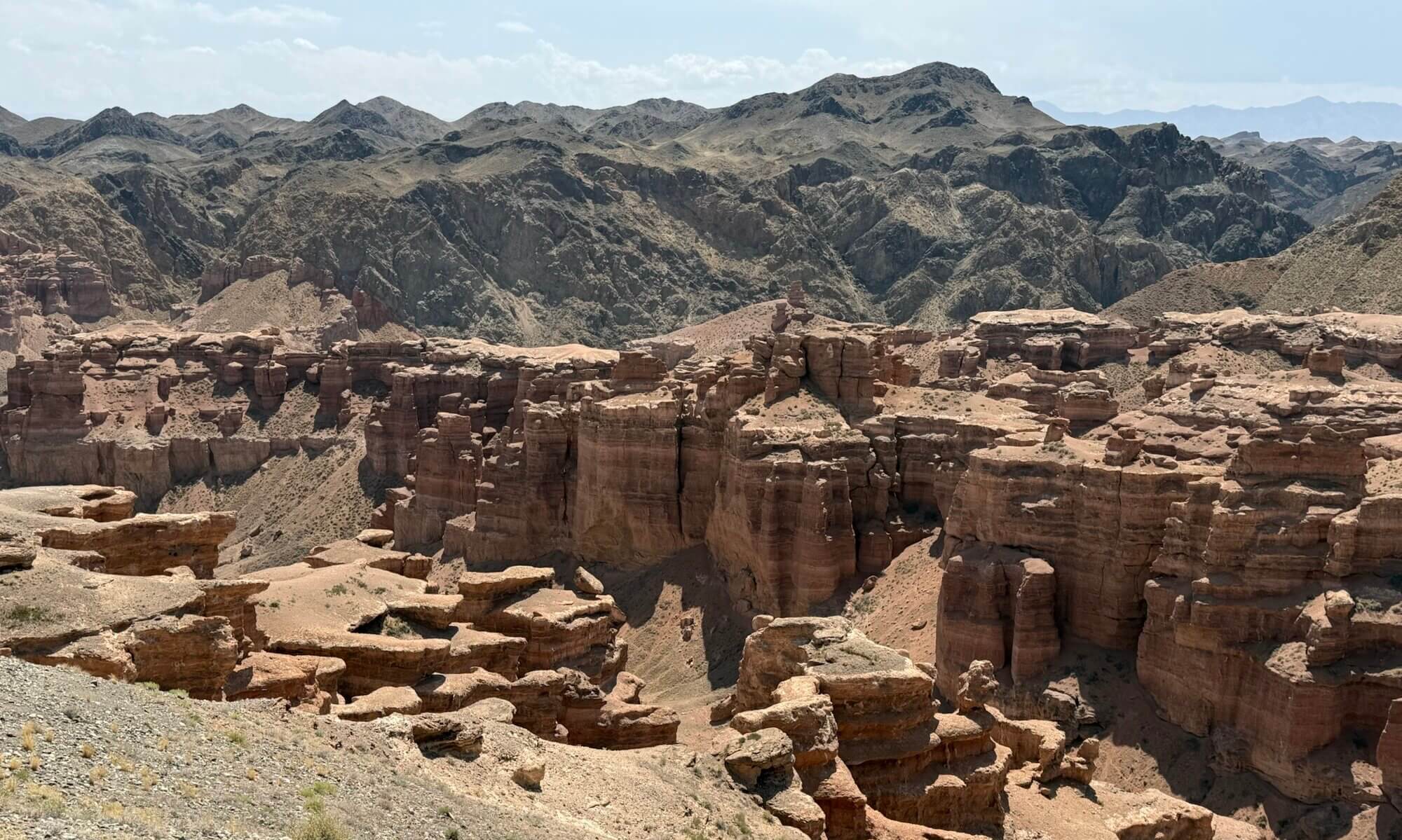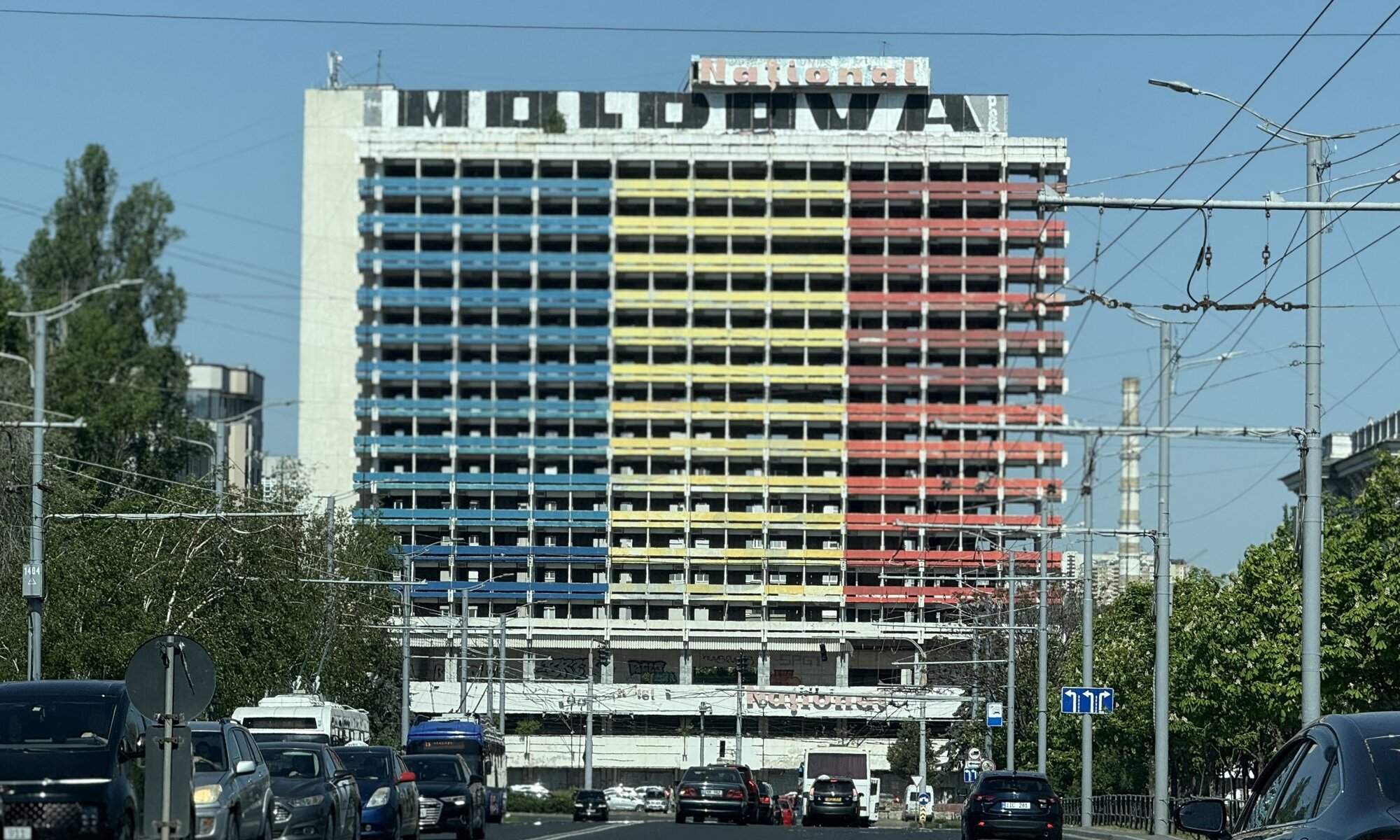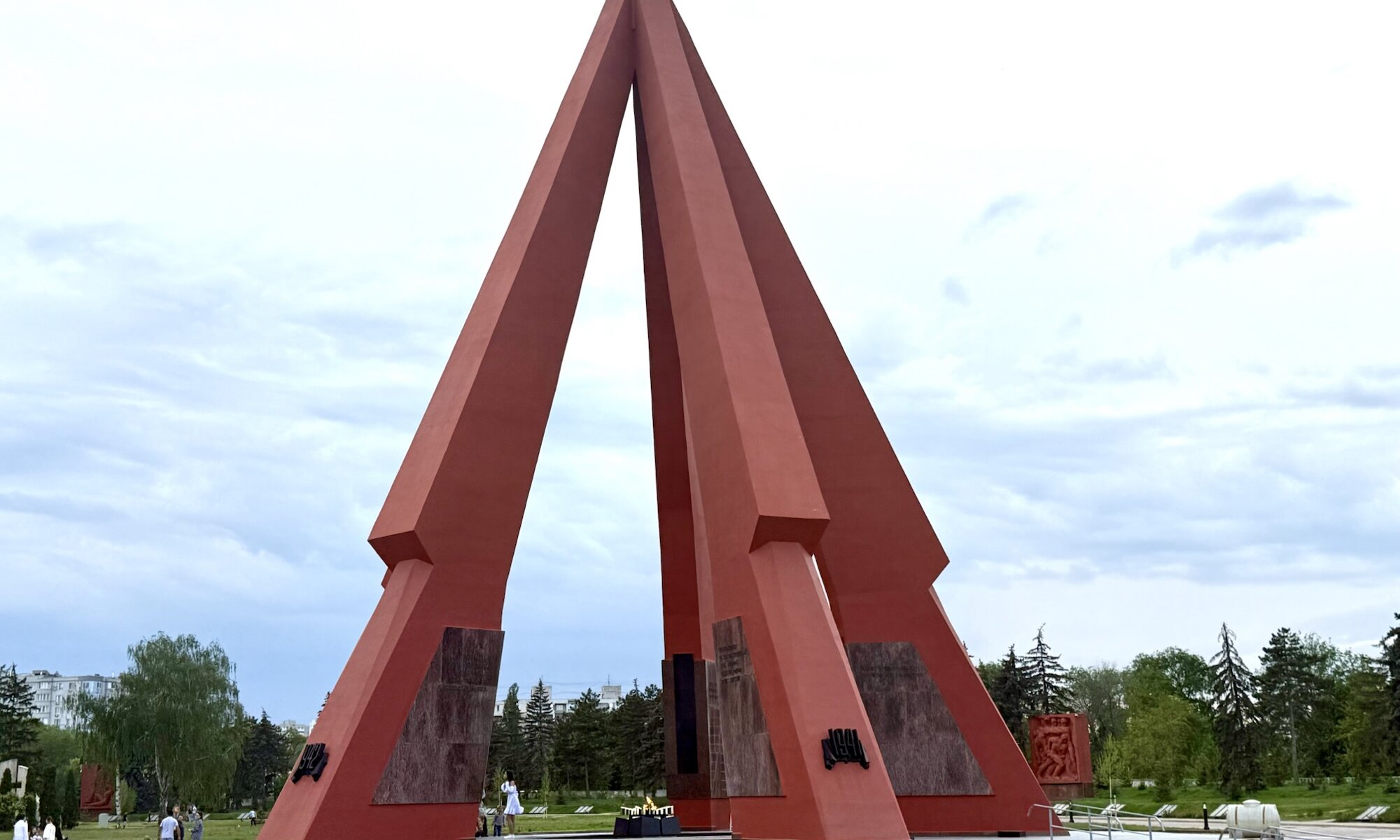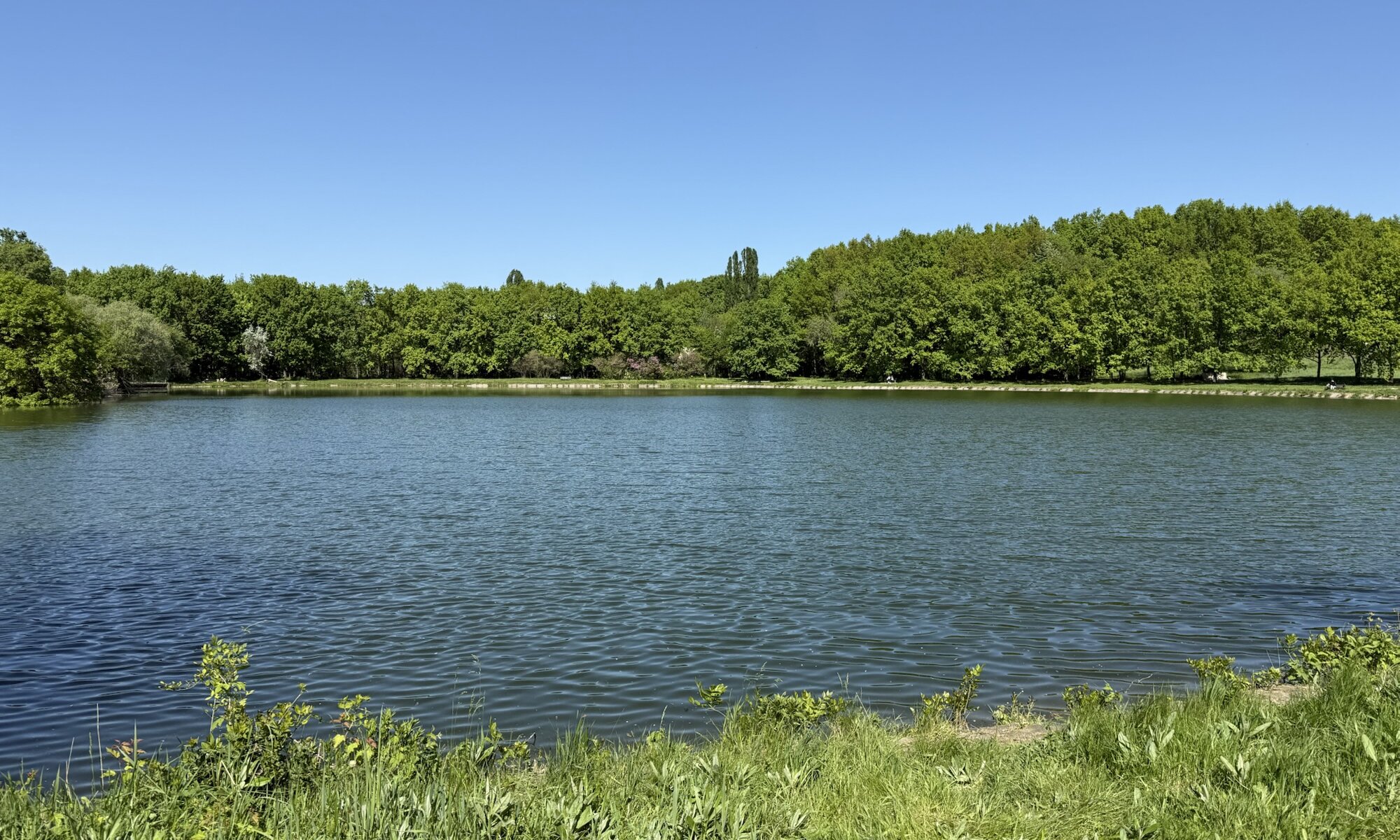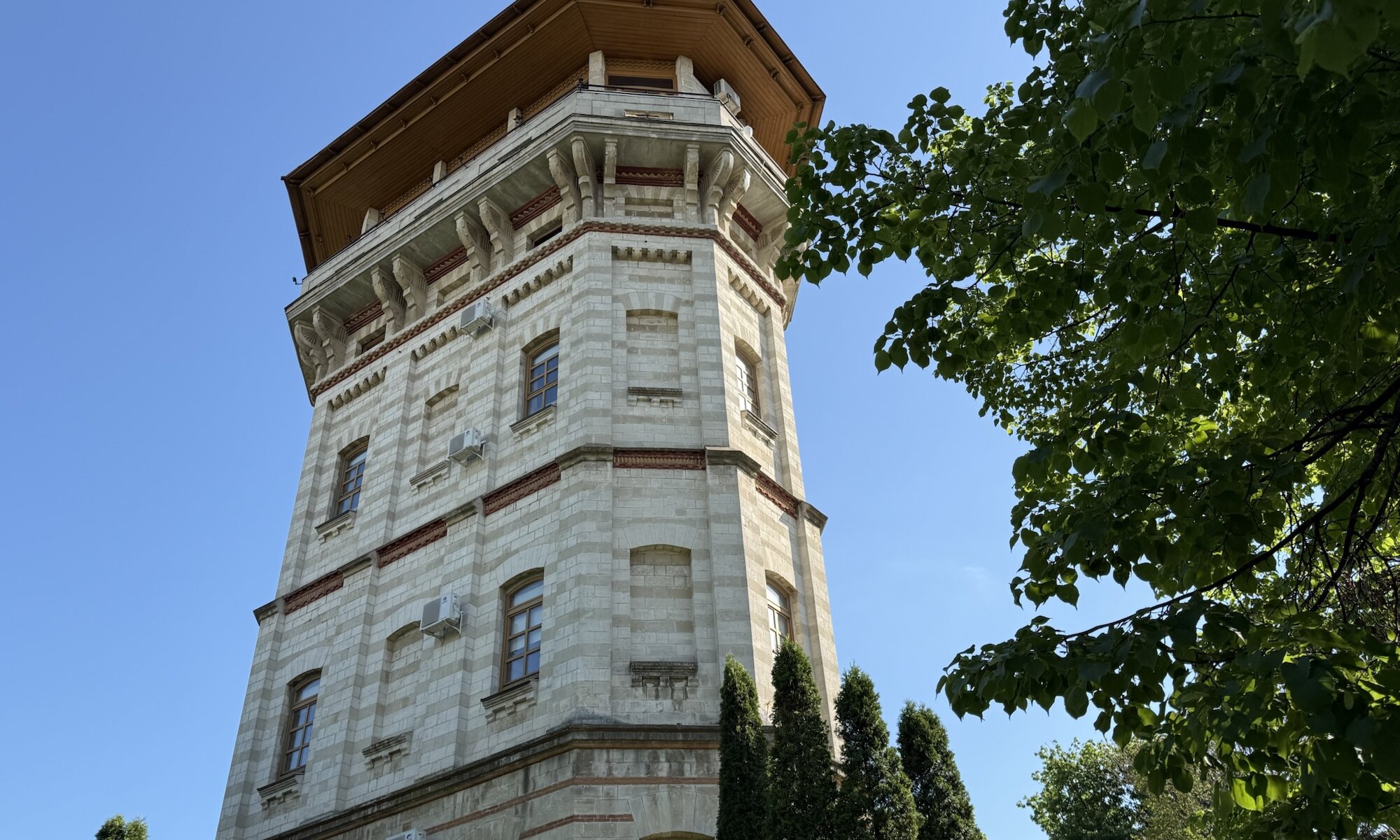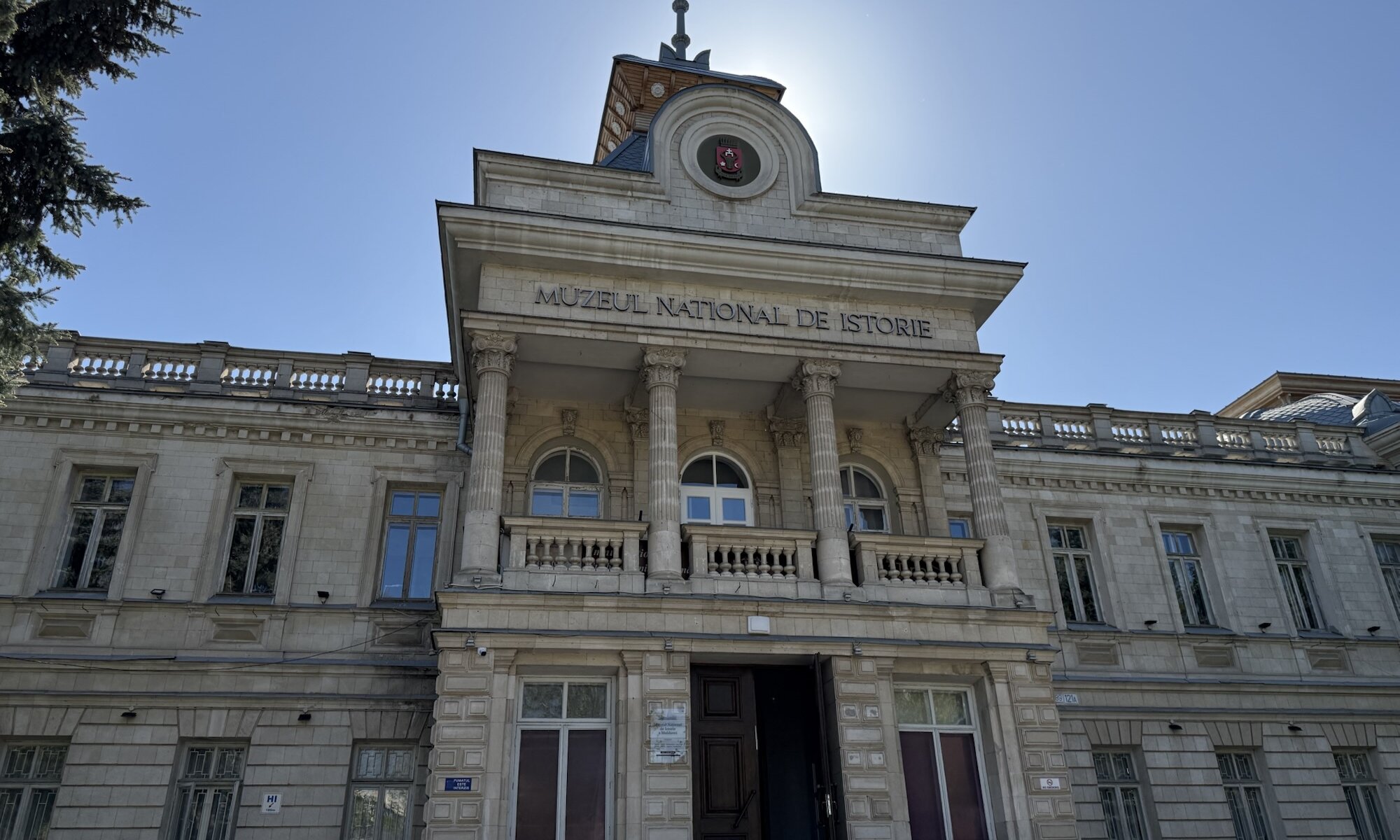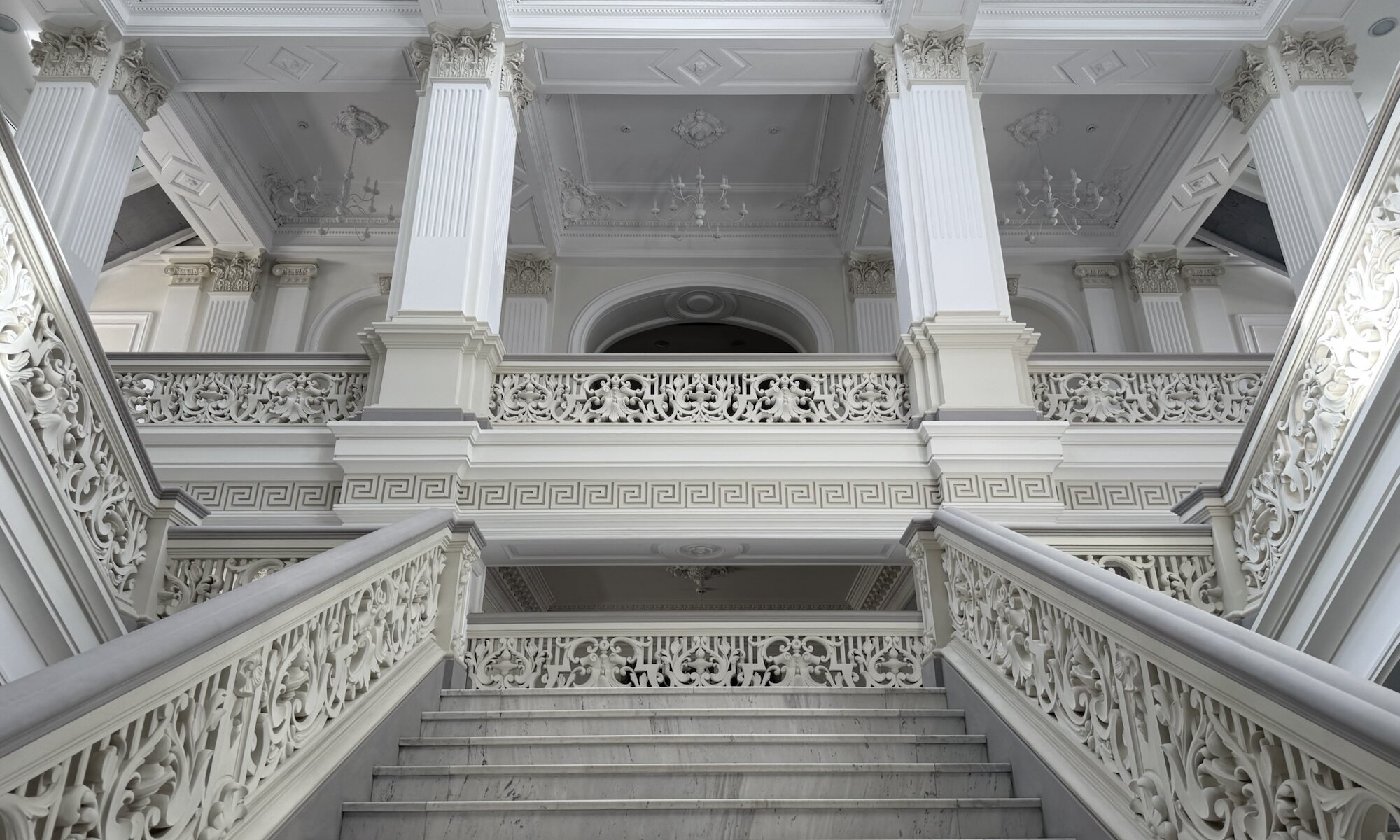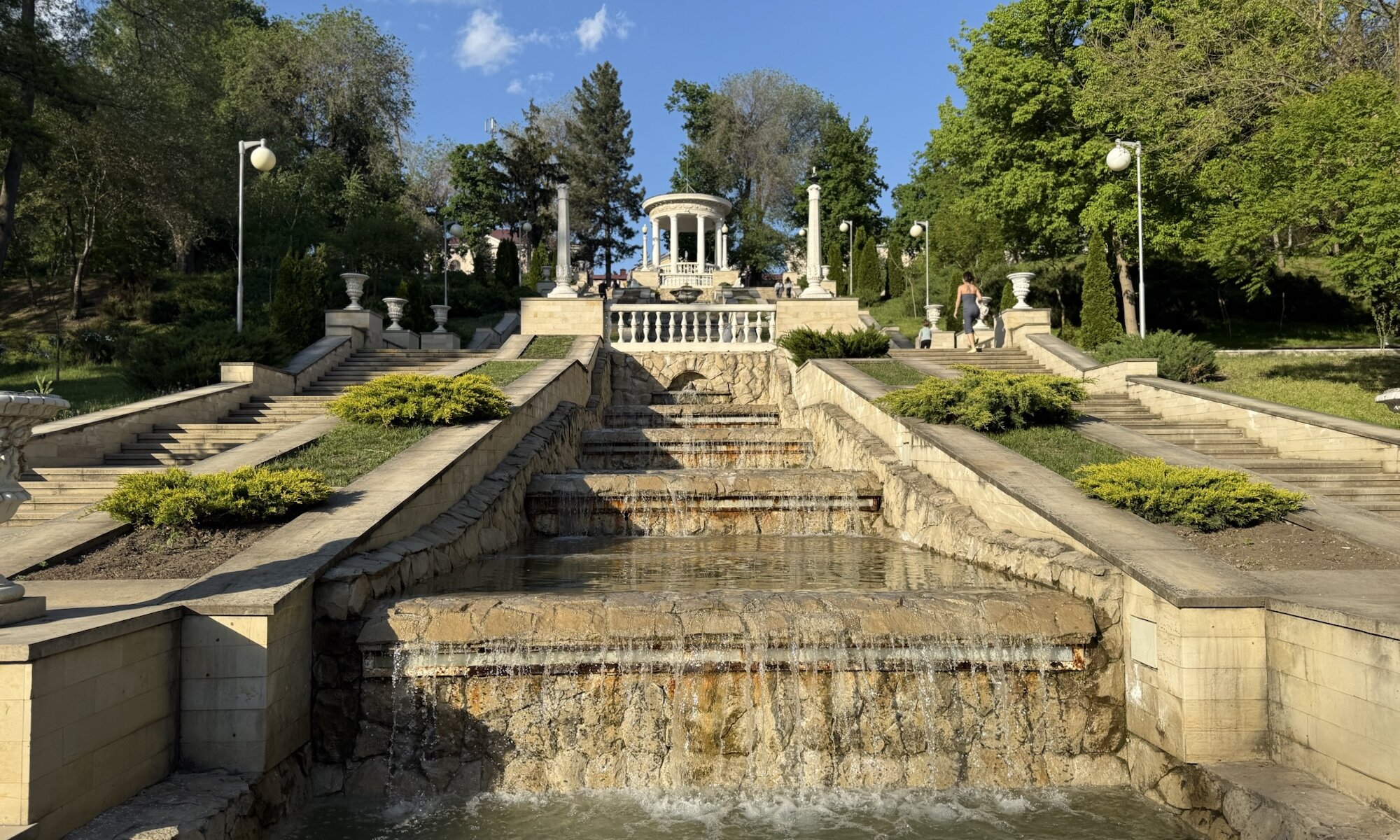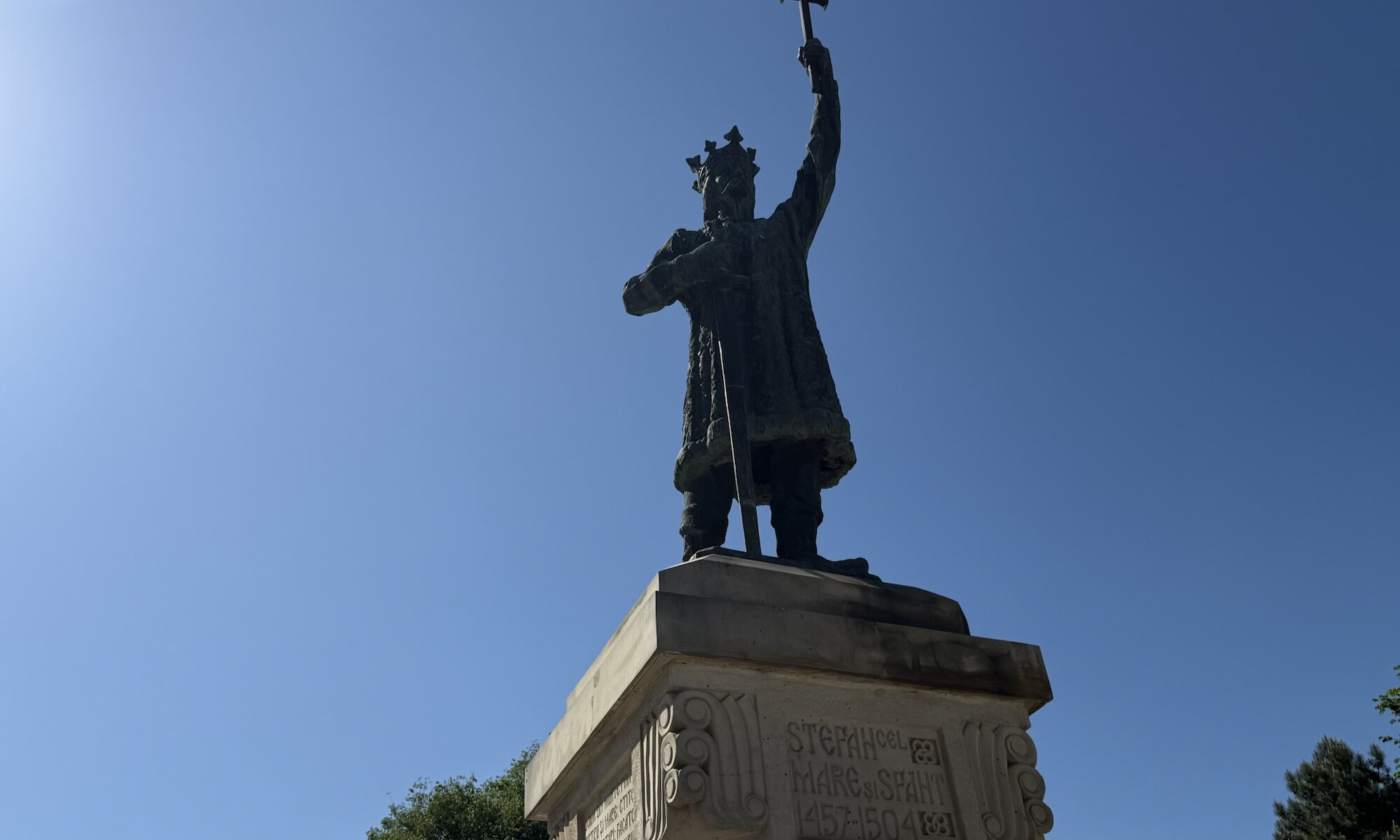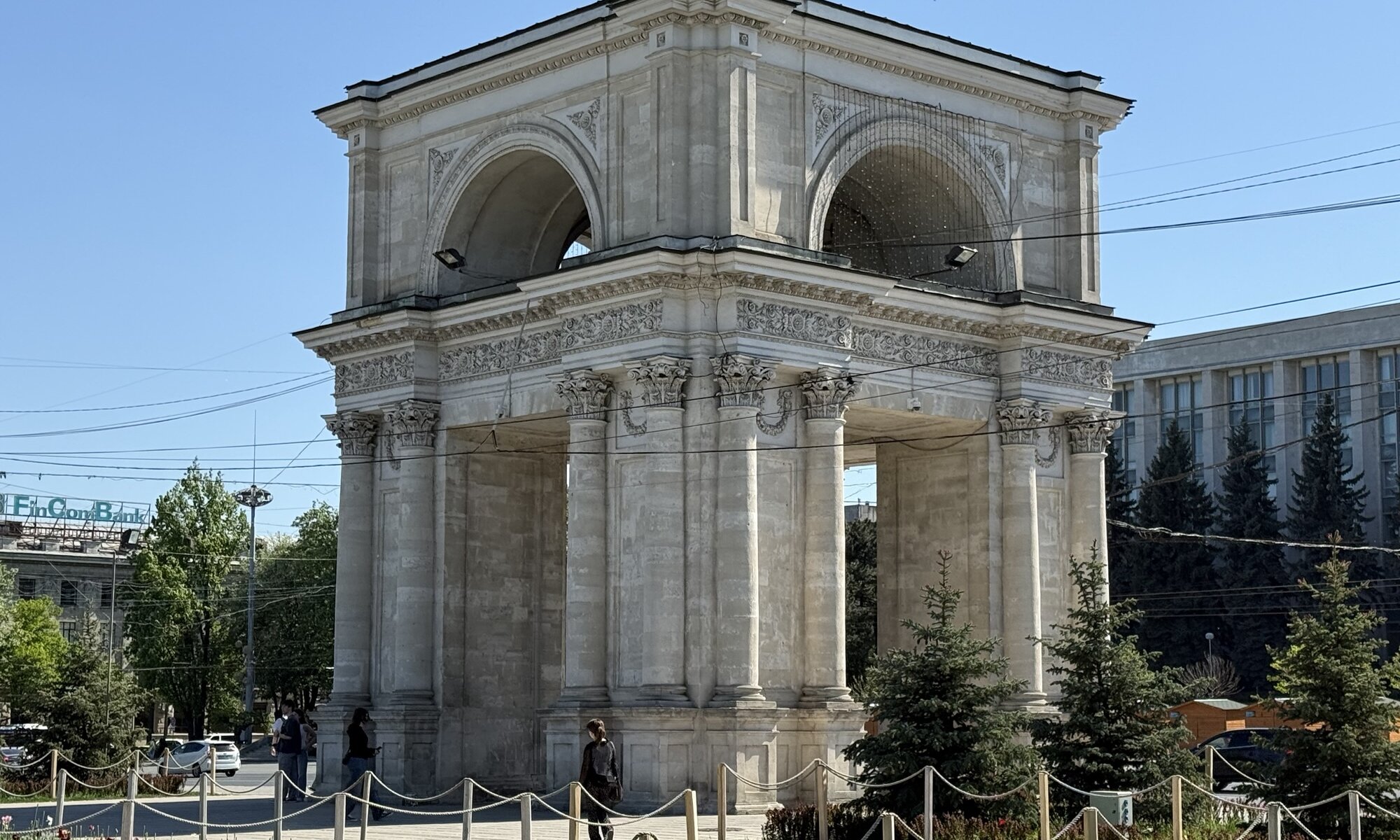Moldova, a landlocked country in Eastern Europe bordering Ukraine and Romania, has a rich and complex history spanning from prehistoric times to modern independence. The territory was part of the Principality of Moldavia from the 14th century until 1812, when it was ceded to the Russian Empire by the Ottoman Empire. After briefly uniting with Romania in 1918, it became part of the Soviet Union in 1940 as the Moldavian SSR. Moldova finally emerged as an independent republic following the collapse of the Soviet Union in 1991. Since 2020, under the presidency of Maia Sandu, the country has pursued a pro-Western and anti-corruption agenda.
Continue reading “Moldova”Eternitate
The Eternitate Memorial Complex in Chișinău is a prominent monument dedicated to the Soviet soldiers who died during World War II, specifically in the second Jassy–Kishinev offensive. Inaugurated on May 9, 1975, to mark the 30th anniversary of the Soviet victory, the complex was designed by architect A. Minaev and sculptors A. Maiko and I. Poniatowski. It is located on P. Halippa street and serves as a central site for commemorations, with an honor guard from the Moldovan Army and regular wreath-laying ceremonies.
Continue reading “Eternitate”Grădina botanică
The Grădina Botanică in Chișinău, officially known as the National Botanical Garden ‘Alexandru Ciubotaru‘, is one of Moldova’s most significant green spaces and scientific institutions. Founded in 1950 and relocated to its current site in the Botanica sector in the 1960s, the garden spans over 100 hectares and was developed under the guidance of renowned botanist Alexandru Ciubotaru. It serves both as a center for botanical research and conservation and as a public park, featuring specialized zones such as a dendrarium, rose garden, rock garden, and several lakes.
Continue reading “Grădina botanică”Etnografie și Istorie Naturală
The National Museum of Ethnography and Natural History in Chișinău is the oldest museum in the Republic of Moldova, with a rich history dating back to 1889. The museum was founded based on the collections from the first Agricultural and Industrial Exhibition organized by the Bessarabian Zemstvo. Throughout its existence, the museum has operated under various names, starting as the Museum of Agriculture and gradually expanding its focus to encompass natural history, contemporary nature, human society evolution, and traditional culture.
Continue reading “Etnografie și Istorie Naturală”Turnul de apă
The Turnul de apă (water tower) in Chișinău is a significant architectural monument built at the end of the 19th century by architect Alexander Bernardazzi. Originally constructed to serve as a water supply tower for the city, it is located on one of the highest points in Chișinău and stands 22 to 27 meters tall, built with local stone and brick in an eclectic style. The tower played a crucial role in the development of the city’s first sewerage network during mayor Karl Schmidt’s term and functioned as a water tower until 1940, after which it was used by firefighters.
Continue reading “Turnul de apă”Moldovan history
The Muzeul Naţional de Istorie a Moldovei, or National History Museum of Moldova, is centrally located in Chişinău and stands as one of the country’s most significant cultural institutions. The museum is housed in a monumental two-storey building constructed between 1980 and 1987, after the original 19th-century boys’ gymnasium was severely damaged by an earthquake and subsequently demolished. The new structure preserves elements of the old eclectic style, including decorative features reminiscent of the original assembly hall, and faces the historic 31 August 1989 street, making it a prominent landmark in the city’s architectural landscape.
Continue reading “Moldovan history”Artă
The Muzeul Național de Artă al Moldovei (National Museum of Fine Arts of Moldova) is the leading art institution in Chișinău, founded in 1939 by sculptor Alexandru Plămădeală and French painter Auguste Baillayre. Located in the city center, the museum is housed in several historic buildings, including the former girls’ gymnasium established by princess Natalia Dadiani and the ornate Vladimir Herța house, both remarkable examples of late 19th and early 20th-century architecture. With a collection exceeding 39,000 works, the museum offers a comprehensive overview of the development of fine arts from the 15th to the 21st century.
Continue reading “Artă”Valea Morilor
Parcul Valea Morilor, or the Valley of the Mills Park, is one of Chișinău’s largest and most beloved green spaces, located in the Buiucani district. The park was established in 1950 at the initiative of Leonid Brezhnev and was originally named the ‘Central Park of Culture and Rest of the Leninist Commune‘. Its current name comes from the artificial lake at its heart – Valea Morilor lake – which translates to ‘Valley of the mills‘, referencing the watermills that once dotted the area. Designed by architect Robert Kurz, the park covers 114 hectares, with the lake itself spanning 34 hectares.
Continue reading “Valea Morilor”Ștefan (but not me)
Parcul Ștefan cel Mare, also known as Stephen the Great Park, is the oldest and most cherished green space in central Chișinău. Established in the early 19th century, it spans about 7 hectares and is a favorite gathering spot for both locals and visitors, especially during the warm months. The atmosphere is peaceful yet lively, with shaded walkways, mature trees, and benches where people relax, read, or enjoy conversations. In the heart of the park, a beautiful fountain provides a refreshing centerpiece, while children’s playgrounds and merry-go-rounds make it a welcoming place for families.
Continue reading “Ștefan (but not me)”Arcul de Triumf din Chișinău
The Arcul de Triumf din Chișinău, also known as the Triumphal Arch, was built in 1840 by architect Luka Zauschevici to commemorate the Russian Empire’s victory over the Ottoman Empire in the Russo-Turkish War of 1828-29. Located in the heart of the city, next to the Nativity Cathedral and aligned with the city’s main square, the arch has become an integral part of Chișinău’s central architectural ensemble. Originally, it also served as a bell tower, housing a massive 6.4-ton bell cast from captured Turkish cannons, symbolizing both military triumph and local craftsmanship.
Continue reading “Arcul de Triumf din Chișinău”